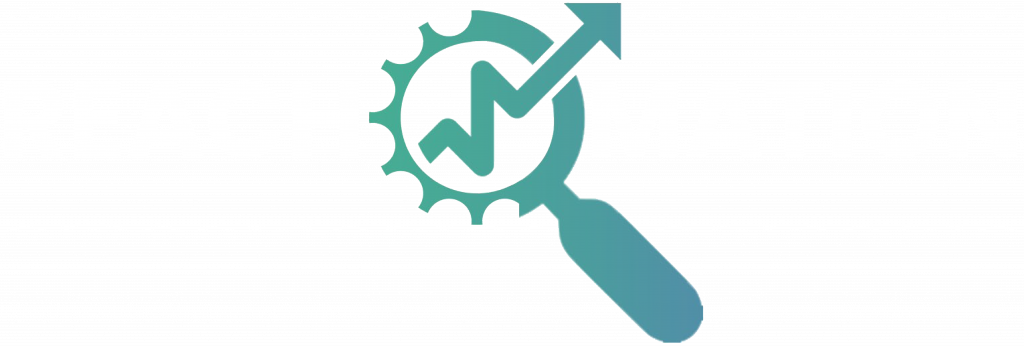We all know that links are important for SEO. But what about bad link? What are they, and how can you avoid them?
Bad links are basically any links that come from untrustworthy or low-quality websites. They can harm your website’s reputation and ranking in the search engines.
To avoid bad links, you should only link to high-quality websites that you know and trust.
What Are Bad Link?
Bad links are links that come from sources that are not trustworthy or relevant. They can also be low-quality websites, or websites that are trying to sell something.
Bad link can hurt your website’s ranking on search engines, and they can also make your website look less trustworthy to visitors. If you have a lot of bad links pointing to your website, it can be hard to get new visitors and customers.
To avoid bad links, you should only link to websites that you trust, and that are relevant to your website. You can also use the rel=”nofollow” attribute on links to tell search engines not to follow them.
If you find a bad link pointing to your website, you can try to contact the site owner and ask them to remove it. You can also use the Google Search Console tool to disavow bad links.
How to identify bad link
Bad links are outgoing links on your website that point to web pages that no longer exist. When a user clicks on a bad link, they will be taken to a 404 error page. This can be frustrating for users, and it can also negatively impact your website’s search engine optimization (SEO).
There are a few ways that you can identify bad links on your website
- Check your website’s Google Search Console account. Google Search Console will show you any 404 errors that it has found on your website.
- Use a crawler tool, such as Screaming Frog, to crawl your website and look for any pages that return a 404 status code.
- Manually check each of the outgoing links on your website to see if they are still working.
If you find any bad link on your website, you should remove them as soon as possible. You can do this by either deleting the link or by updating it to point to a different web page.
How Do I Stop Bad Link?
Bad links can be a major issue for website owners and operators. Not only can they negatively impact your search engine ranking, but they can also lead to lost sales and customers. There are a few things you can do to stop bad links, including:
- Checking your website regularly for broken links and 404 errors. You can use a tool like Google Webmaster Tools to help with this.
- Disavowing bad links. If you have bad links pointing to your website, you can ask Google to disavow them. This tells Google to ignore those links when crawling and indexing your site.
- Creating great content. One of the best ways to stop bad links is to create content that people will want to link to. This can be anything from compelling blog posts to infographics and videos.
How Do Bad Link Hurt Your Google Search Rankings?
Bad links can hurt your Google search rankings in several ways. First, if you have a lot of bad links pointing to your site, it can signal to Google that your site is low-quality. This can lead to lower rankings in the search results. Second, bad links can also get your site penalized by Google. If you have a large number of bad link pointing to your site, Google may decide to penalize your site, which can lead to even lower rankings. Finally, bad links can also lead to Google de-indexing your site. If enough bad links are pointing to your site, Google may decide that your site is not worth indexing and will remove it from the search results entirely.
What’s a Google Backlink Penalty?
A Google backlink penalty is when your website is penalized by Google because of bad links. This can happen for a number of reasons, including buying links, buying PBN links, using link farms, or having too many low-quality links. If you have too many bad links, it can hurt your website’s ranking in Google search results.
Bad Link Building Tactics To Avoid
When it comes to link building, not all tactics are created equal. In fact, some “tricks” can actually do more harm than good to your website’s SEO. If you want to stay on Google’s good side and avoid any penalties, make sure you steer clear of the following black hat techniques:
Link farms: A link farm is a group of websites that all link to each other in an attempt to boost their search engine rankings. However, most link farms are nothing more than a collection of low-quality websites, and Google can easily see through this manipulative tactic.
Spammy guest posts: Writing guest posts for other blogs in your industry is a great way to get your name out there and earn some valuable backlinks. However, if your guest post is full of spammy keywords and/or links, it will do more harm than good. Google will likely penalize the site that published your post, and it could reflect poorly on your own website as well.
Paid links: Buying or selling backlinks is a big no-no in the world of SEO. Not only is this tactic against Google’s guidelines, but it can also get your website penalized if you’re caught red-handed.
Reciprocal linking: In the past, reciprocal linking was a popular way for two websites to help boost each other’s SEO. However, this tactic has since been abused by black hat SEOs, and Google has cracked down on it accordingly. If you do choose to engage in reciprocal linking, make sure you only link to high-quality websites that are relevant to your industry.
How To Find Bad Link to Your Site
Bad link are links that either do not work or lead to an error page. There are a few ways to find them:
- Check your website’s error logs. These will contain any links that have led to an error on your site.
- Use a tool like Screaming Frog to crawl your site and find any broken links.
- Check Google Search Console for any crawl errors. This will show you any links that Google was unable to crawl.
- Run a link checker tool like Xenu’s Link Sleuth. This will crawl your site and check for any broken links.
How to Remove Bad Link to Your Site
Bad links can hurt your site’s ranking in search engines and damage your reputation. If you have bad links pointing to your site, it’s important to remove them. This guide will show you how to identify and remove bad links from your website.
There are a few ways to identify bad links pointing to your site:
- Check your website’s backlink profile. Use a tool like Moz or Majestic to check the quality of the sites linking to you. If you see a lot of low-quality or spammy sites, those are likely bad links.
- Scan your website for malware. Malware can cause some links to be added to your site without your knowledge. Use a tool like Sucuri SiteCheck to scan your site for malware and remove any malicious code.
- Check Google Search Console. Google Search Console will show you any links that Google has marked as “unnatural.” These are links that Google thinks may be trying to manipulate their search results. If you see any unnatural links pointing to your site, remove them.


Leave a Reply